Rubber Roofing vs. Asphalt Shingle Roofing: Which Option is Right for Your Home?
When choosing roofing replacements for your home, two popular options are rubber roofing and asphalt shingle roofing. Each material offers distinct advantages, and the right choice depends on your home's specific needs, including cost, durability, and energy efficiency. In this blog, we’ll explore a comparison of rubber roofing and asphalt shingles to help you make the best decision for your roofing project.
1. Overview of Rubber Roofing
Rubber roofing, commonly known as EPDM (ethylene propylene diene monomer), is a synthetic rubber membrane used primarily on flat or low-slope roofs. Its durable, water-resistant properties make it a reliable choice for homeowners seeking long-term performance. Rubber roofing is known for its flexibility, which allows it to adjust to temperature changes, making it resistant to cracking. This material is often installed in large sheets, which minimizes seams and potential leaks.
Rubber roofing is also valued for its lightweight nature, making installation quicker and simpler. Though traditionally used for commercial properties, it has gained traction in residential roofing replacements, especially in areas prone to harsh weather conditions.
2. Overview of Asphalt Shingle Roofing
Asphalt shingle roofing is widely used in residential homes, particularly for steep-slope roofs. It is known for its versatility, affordability, and aesthetic options, as it comes in various colors and styles. Asphalt shingles consist of fiberglass matting coated with asphalt and mineral granules, which help protect homes from the elements. This roofing material is easily accessible and remains a favorite choice for homeowners nationwide.
According to This Old House, steep-slope asphalt shingles are the most popular roofing material in the U.S., with 83% of roofing contractors listing it as their primary source of revenue. This popularity highlights its widespread use in roofing replacements, offering reliability for a variety of home designs.
3. Durability and Lifespan Comparison
Both rubber roofing and asphalt shingles offer solid durability. In our experience, rubber roofing typically lasts between 30 and 50 years, providing long-term protection against various weather conditions. Its resistance to UV rays contributes to its extended lifespan, making it a preferred option for homeowners focused on longevity.
Additionally in our area of work, asphalt shingle roofing also offers durable performance, with a lifespan of approximately 20 to 30 years. Depending on the quality of the shingles and proper maintenance, it can provide years of protection. Homeowners often choose asphalt shingles for roofing replacements due to their proven effectiveness and widespread use.
4. Maintenance Requirements for Rubber and Asphalt Shingle Roofing
Rubber roofing is relatively low-maintenance. Its large, seamless sheets reduce the risk of leaks, while periodic inspections help ensure long-lasting performance. Simple cleanings and occasional repairs can keep it in good condition for years.
Asphalt shingle roofing requires routine maintenance to check for any loose or damaged shingles, particularly after heavy storms. While it’s relatively easy to replace individual shingles when necessary, regular upkeep ensures that the roof continues to perform optimally. Homeowners often prefer asphalt shingles for their ease of repair during roofing replacements.
5. Installation Process for Both Roofing Types
The installation of rubber roofing involves laying large sheets of material and adhering them to the roof surface. This method is generally fast and efficient, particularly for flat or low-slope roofs, which require fewer seams. Rubber roofing’s quick installation process is often a draw for homeowners seeking minimal disruption during roofing replacements.
Asphalt shingle roofing installation, on the other hand, involves nailing individual shingles to the roof. This process takes more time but allows for greater customization in design and appearance. The straightforward nature of asphalt shingles makes them a practical choice for roofing replacements, particularly for steep-slope roofs.
6. Energy Efficiency and Environmental Impact
Energy efficiency is another important factor to consider during roofing replacements. Rubber roofing offers excellent energy-saving potential due to its reflective properties, helping homes stay cool in hot weather. Additionally, rubber roofing is often made from recycled materials, making it an eco-friendly choice.
Asphalt shingles also provide good insulation for homes, helping maintain indoor temperatures. While they are not typically made from recycled materials, they still offer a balance of performance and energy efficiency, making them a viable option for many homeowners.
Both rubber roofing and asphalt shingles are excellent choices for roofing replacements, depending on your home’s specific requirements. Rubber roofing excels in durability, energy efficiency, and ease of installation, making it a solid option for flat or low-slope roofs. Asphalt shingles, on the other hand, offer versatility, affordability, and a wide range of design options, making them ideal for steep-slope roofs. Ultimately, the decision comes down to your priorities, whether it’s long-term durability, aesthetic appeal, or energy efficiency. If you're seeking roof services, contact Bill Blanck Home Improvements LLC!


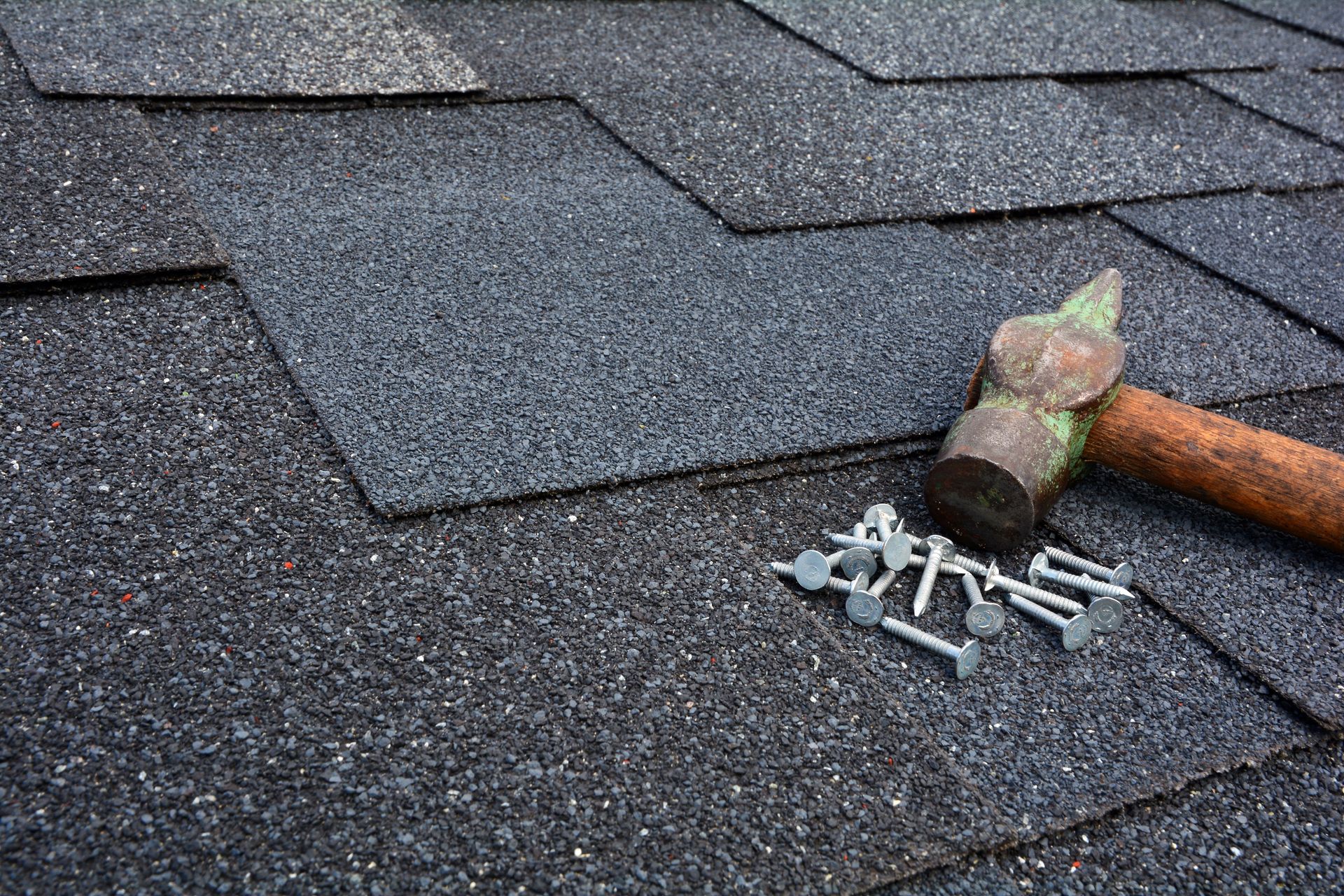
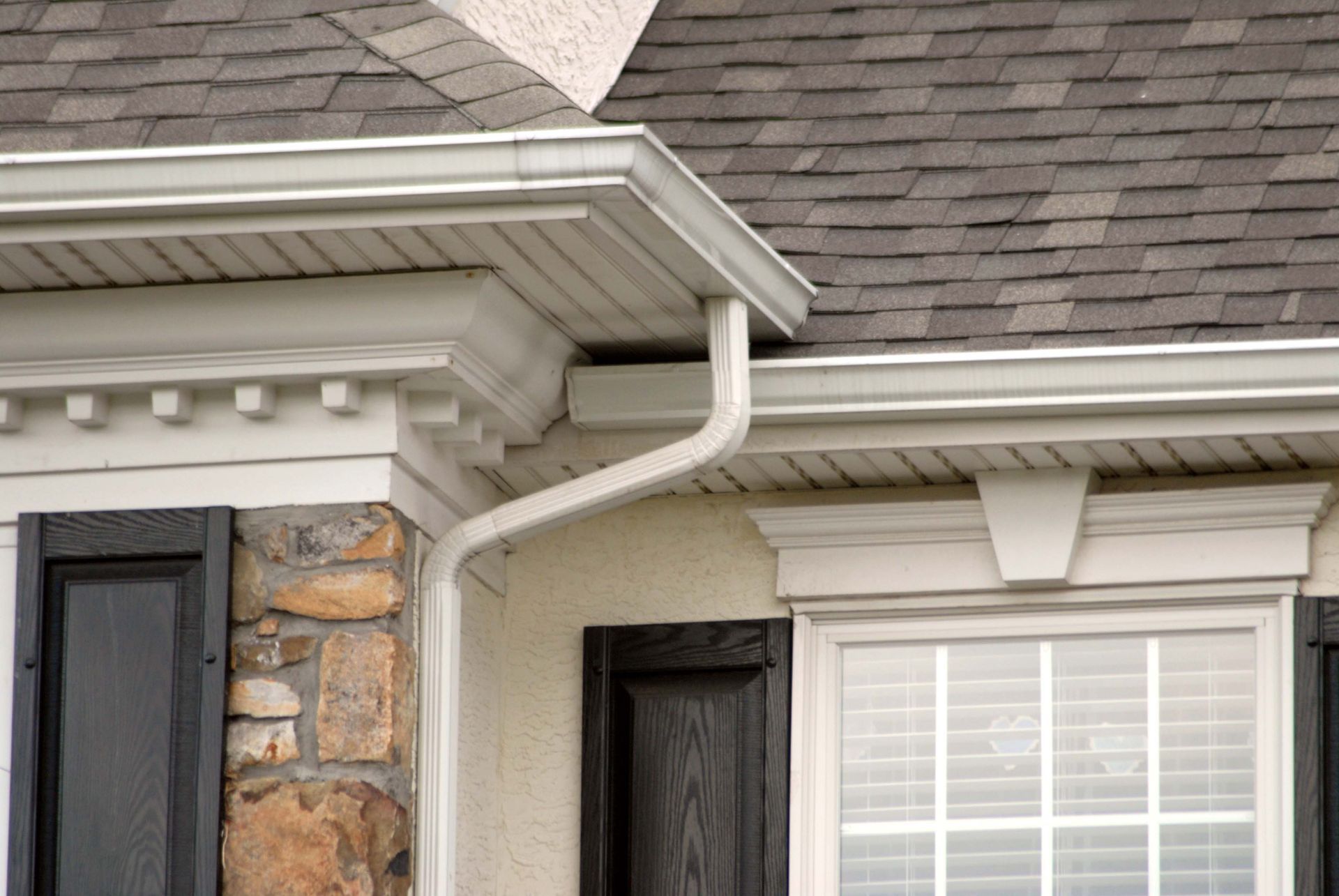
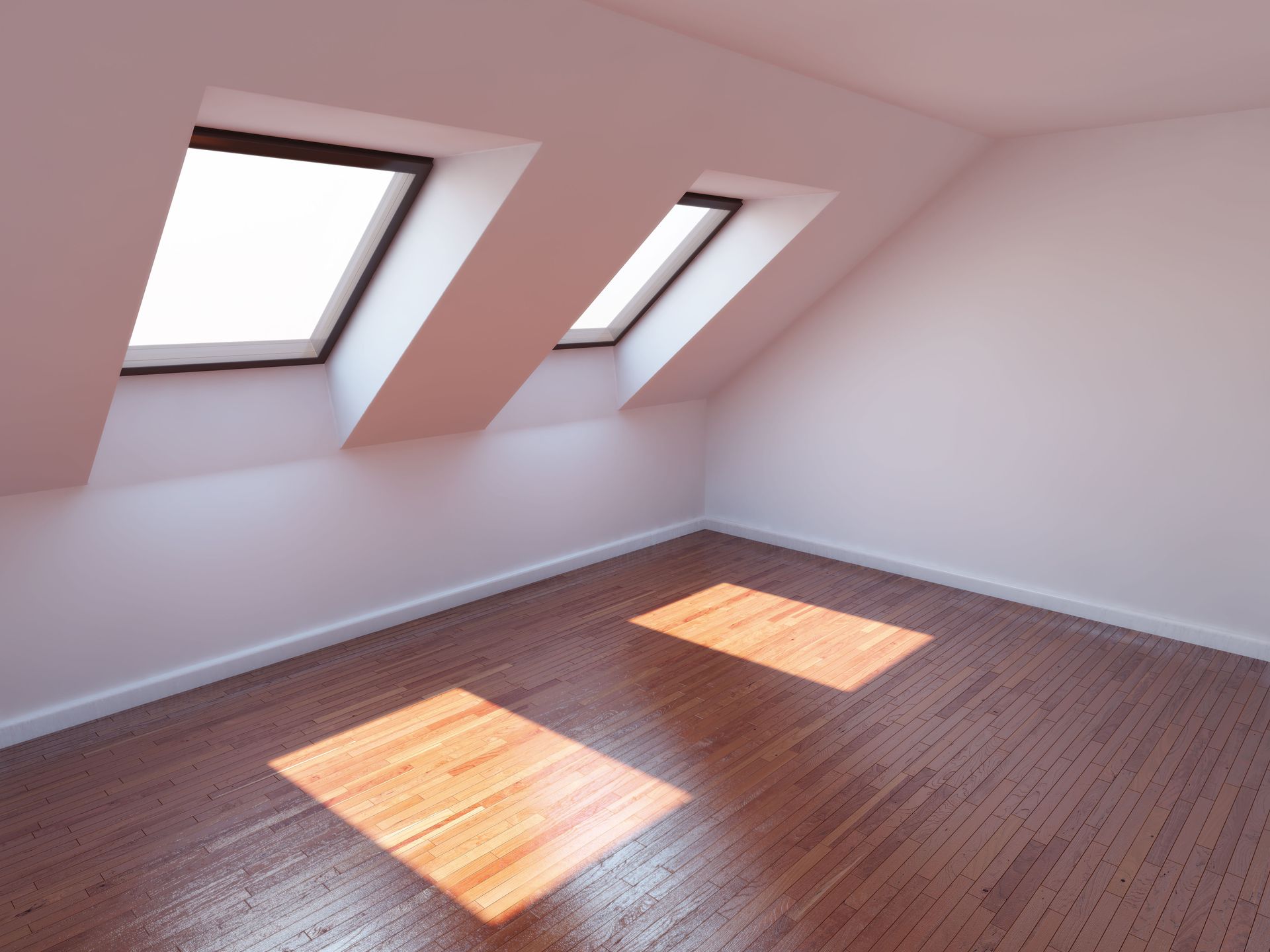
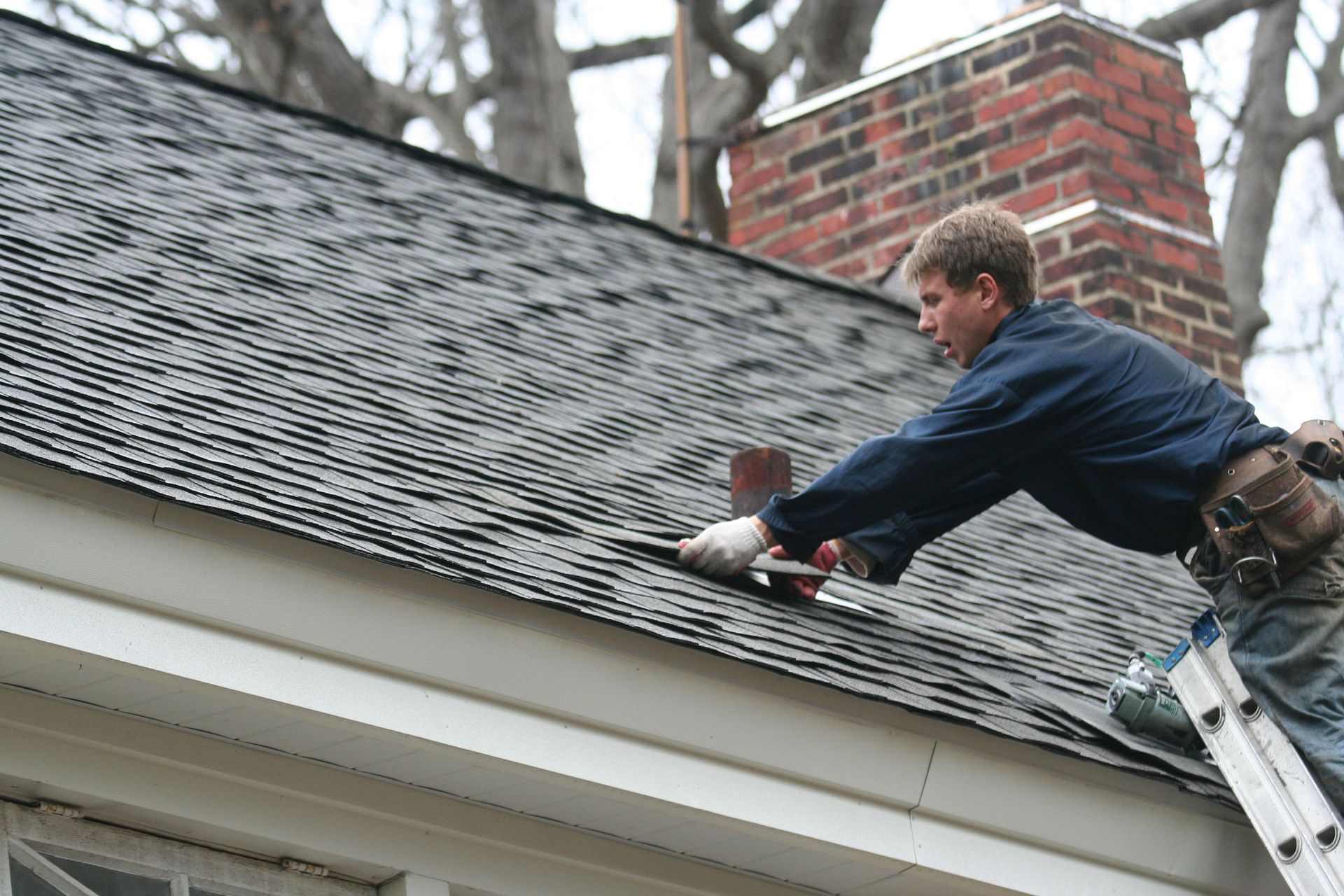
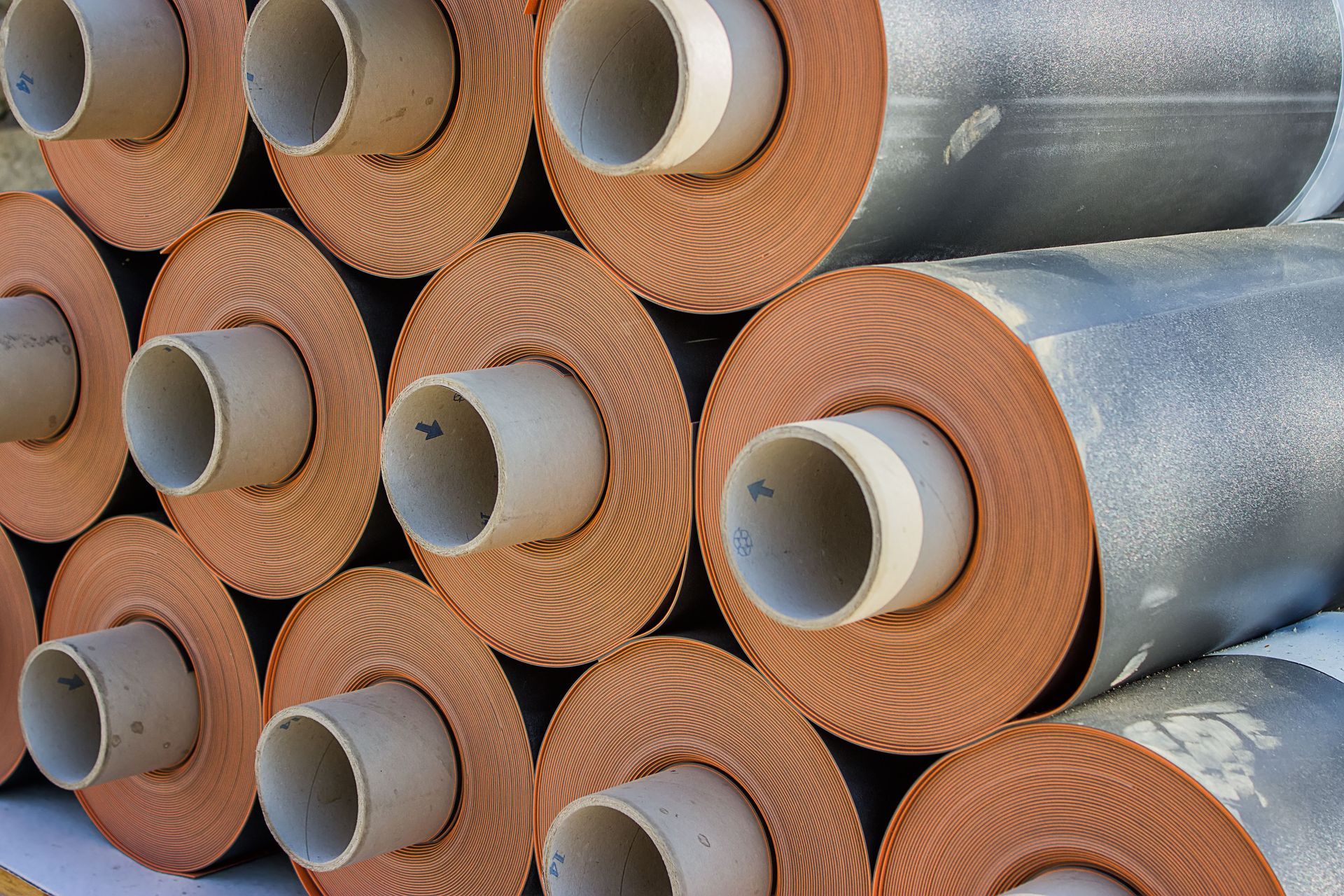
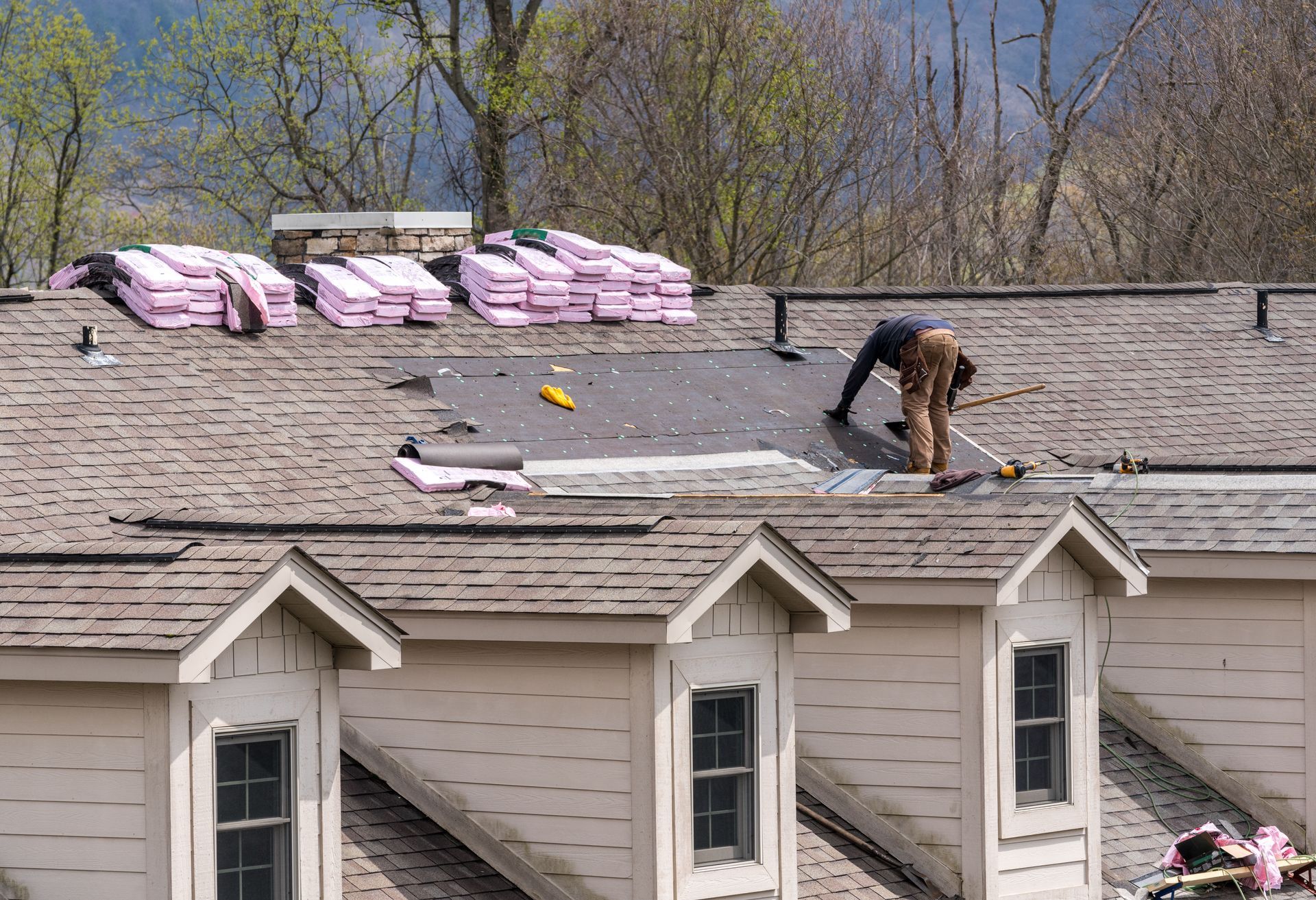
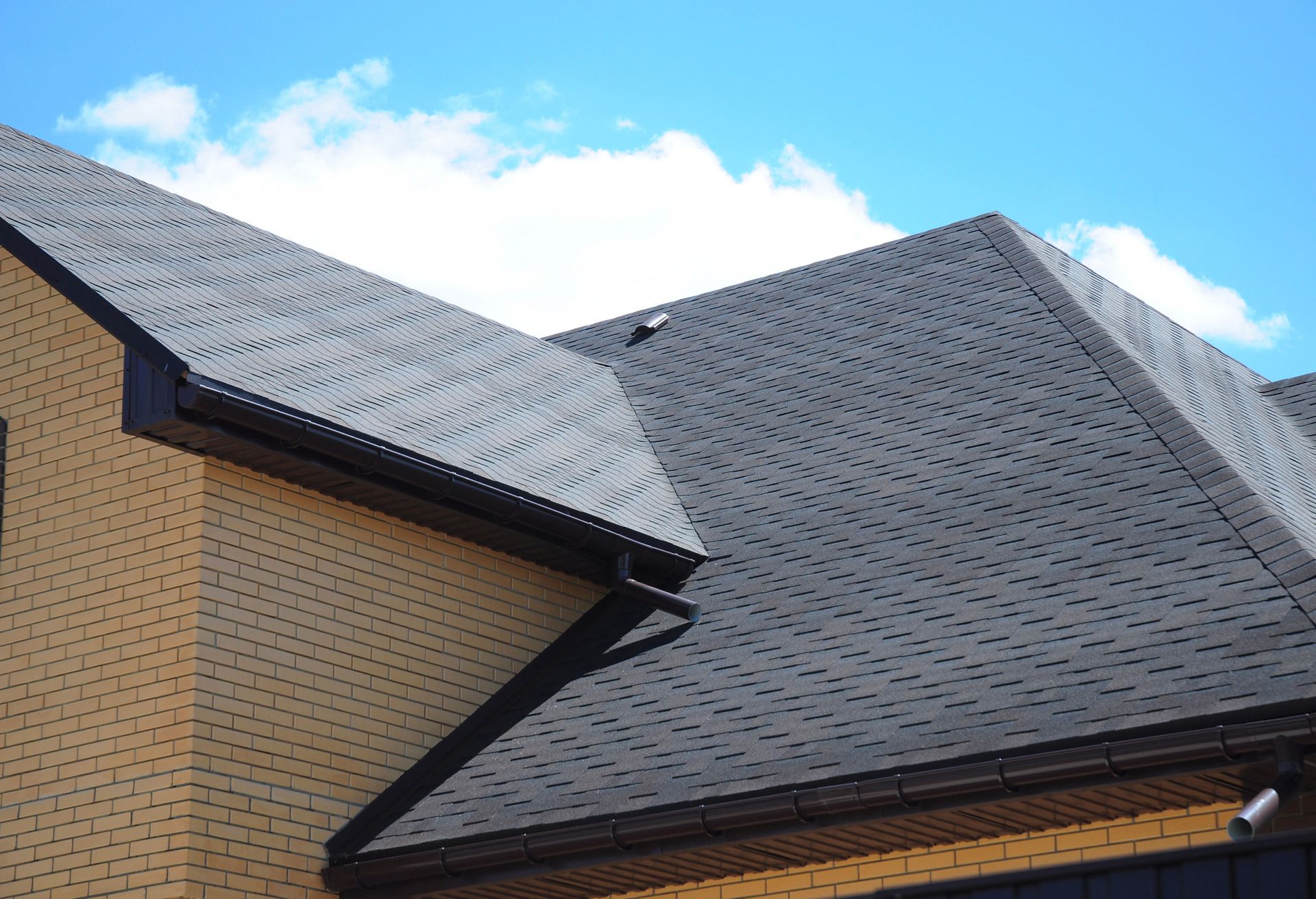
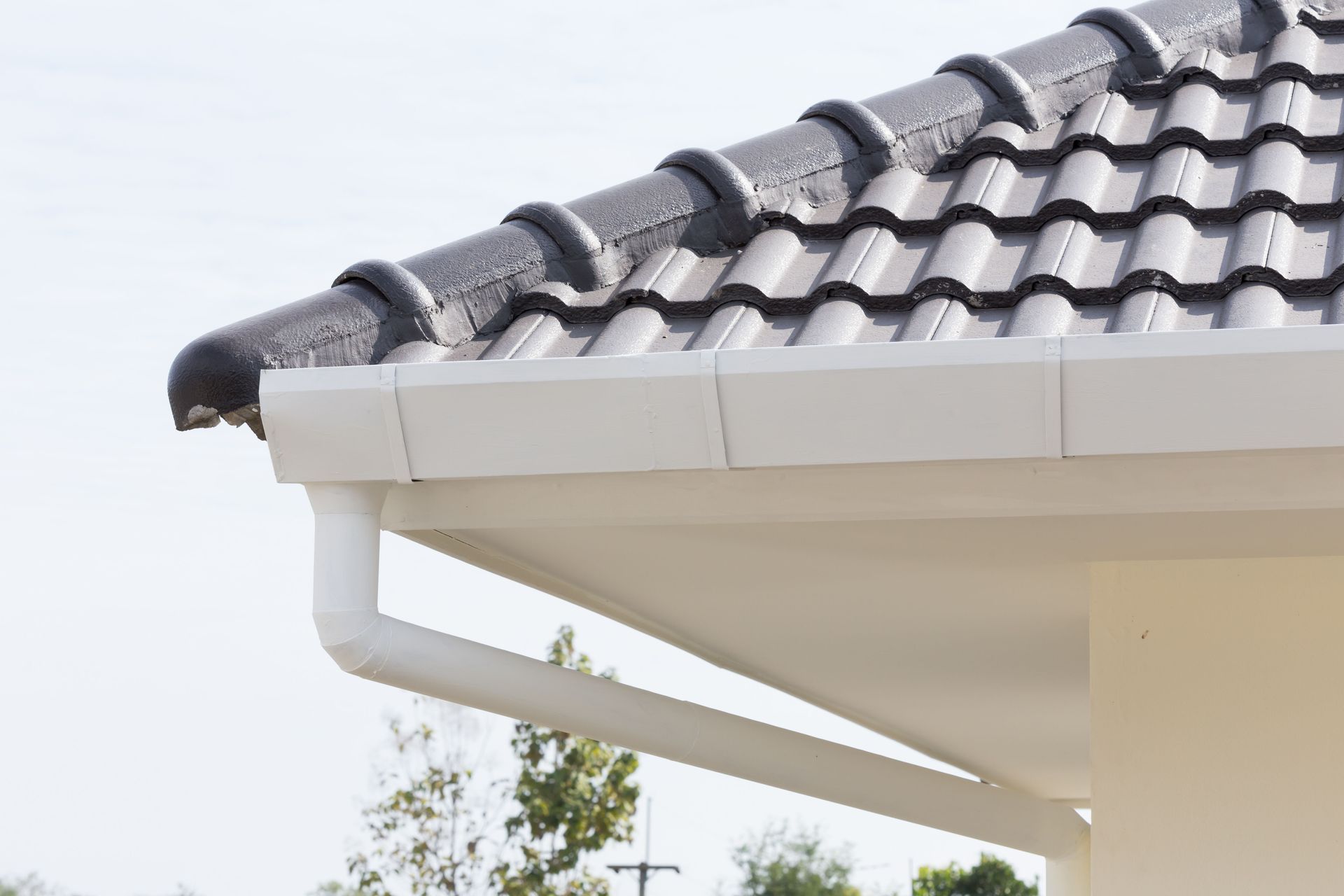
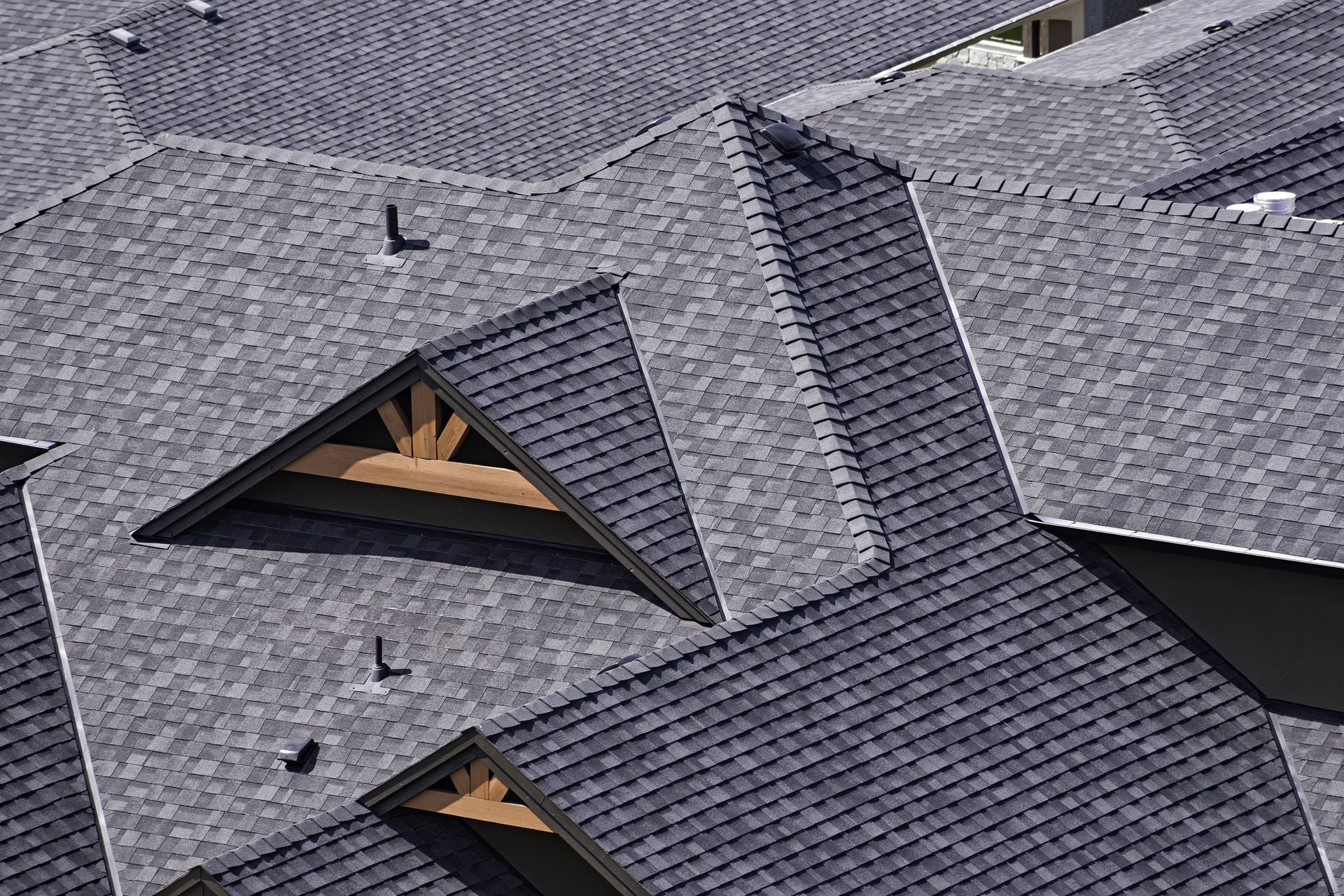
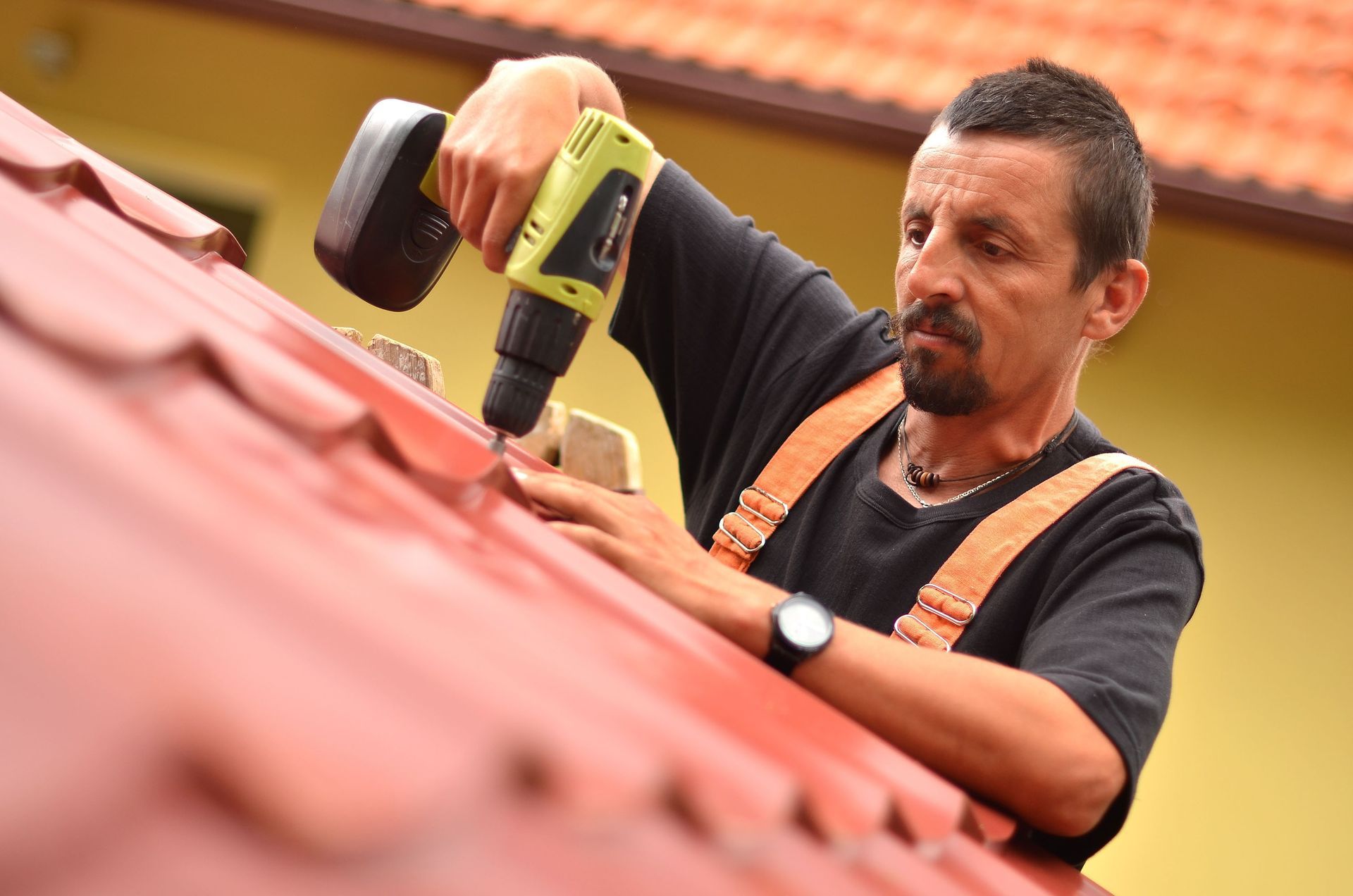








Share On: